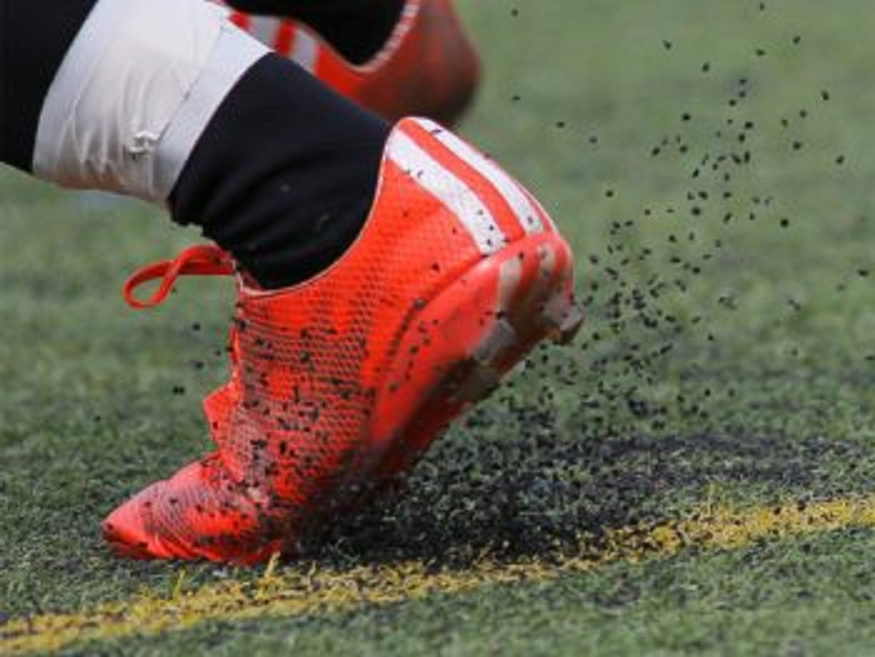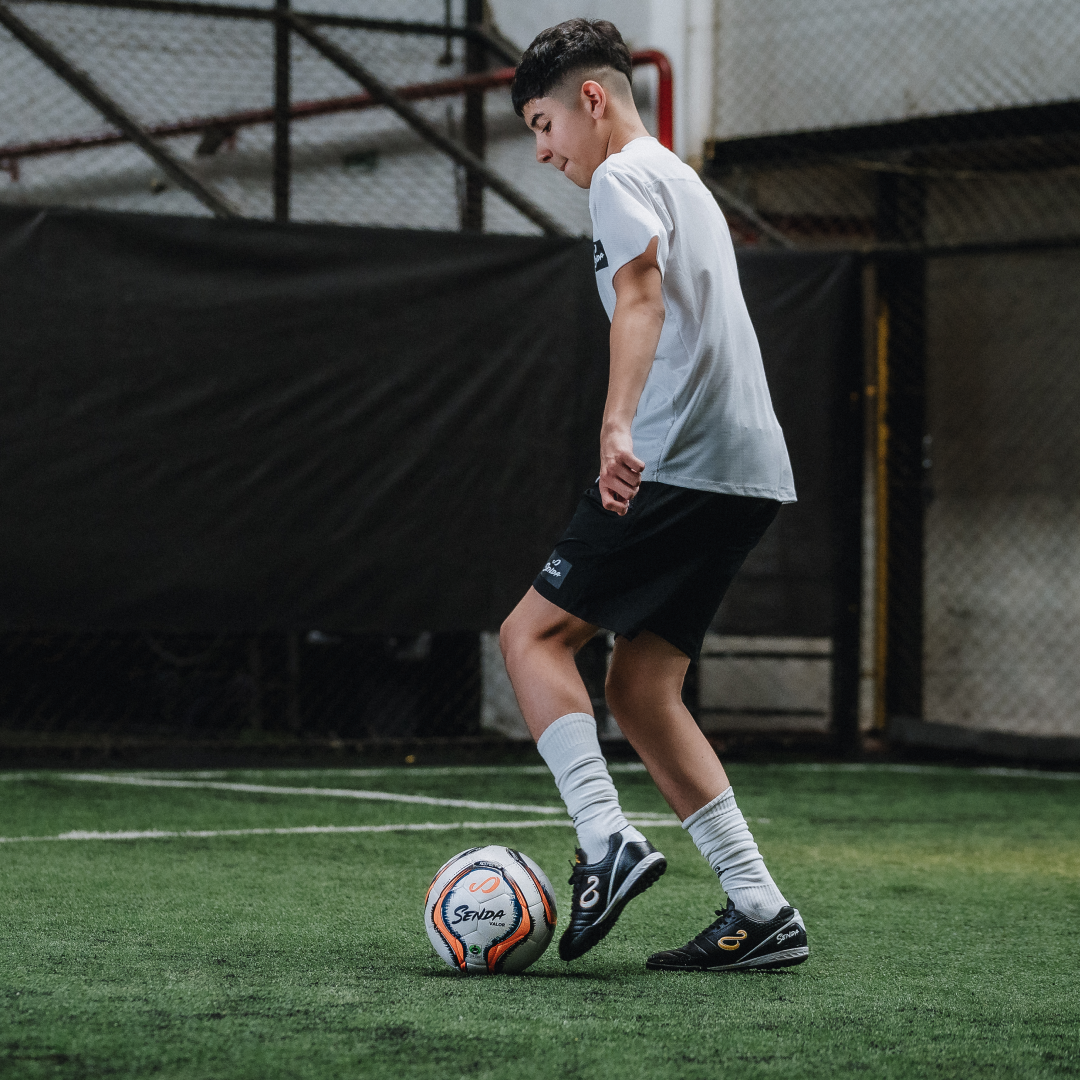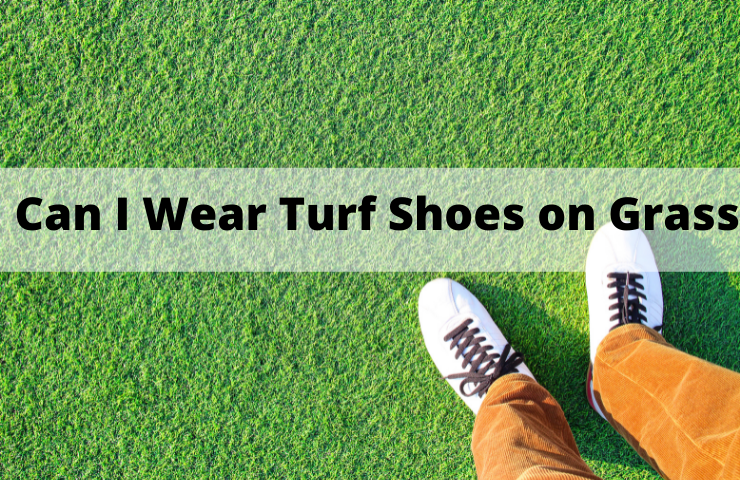Understanding Turf Shoes: The Basics
Turf shoes are designed specifically for artificial surfaces, primarily found in sports like soccer, football, and baseball. Featuring a small rubber studded outsole, turf shoes provide excellent traction on synthetic turf, enhancing player performance. But many find themselves questioning: can turf shoes be worn on natural grass?
The construction of turf shoes is distinct from regular cleats, which are tailored for grass. Turf shoes’ design offers a different grip and feel, which can impact performance when used on grass surfaces.
The Real-World Experience: Turf Shoes vs. Grass
Player Testimonials and Case Studies
Many amateur and professional athletes have turned to turf shoes for their versatility. Mary, a high school soccer coach, shares her experience:
“I initially bought turf shoes for my players to use on the artificial field. However, we had a few games on grass, and some players opted to wear them. They performed decently, but several complained about slipping. It made me realize that turf shoes aren’t always suitable for grass.”
This feedback aligns with various athletes across different sports. Turf shoes often perform well in dry grass conditions, but heavy rain can change the dynamics. To further evaluate their performance on grass, let’s compare turf shoes and traditional cleats in the following section.
Comparison Table: Turf Shoes vs. Grass Cleats
| Feature | Turf Shoes | Grass Cleats |
|---|---|---|
| Surface Designed For | Artificial turf | Natural grass |
| Stud Types | Small rubber studs | Longer, pointed metal or plastic studs |
| Traction | Excellent on turf, less on grass | Superior grip on grass |
| Weight | Lighter and more flexible | Typically heavier and more supportive |
| Comfort Level | Good for quick movements | Provides more ankle support |
Pros and Cons of Wearing Turf Shoes on Grass
Pros
- Versatility: Turf shoes can be used across multiple surfaces.
- Comfort: Often lightweight and comfortable for short durations.
- Quick Release: Great for quick lateral movements, beneficial for indoor play.
Cons
- Lack of Traction: Lesser grip on wet or muddy grass could lead to slips.
- Injury Risk: Wearing turf shoes on grass might increase the risk of ankle injuries.
- Durability: They wear out faster when used on natural grass compared to their intended surface.
Tips for Choosing the Right Footwear for Grass
When to Use Turf Shoes
If you find yourself playing regularly on both artificial turf and grass, consider the following tips:
- Evaluate Conditions: On dry, well-maintained grass, turf shoes can be adequate. However, during wet conditions, stick to grass cleats.
- Understand Your Activity: Casual games might allow for turf shoes; however, competitive play warrants proper gear.
- Know Your Shoes: Not all turf shoes are created equal. Some offer a bit more grip than others, making them slightly better for grass use.

Recommended Footwear for Grass
If you decide to play on grass frequently, investing in proper cleats is crucial. Here are a few highly-rated options:
- Adidas Predator Freak: Renowned for grip and control on wet grass.
- Nike Mercurial Superfly: Offers excellent agility and traction.
- Puma Future Z: Lightweight design with great support for lateral movements.
FAQs: Common Concerns Regarding Turf Shoes on Grass
1. Can turf shoes damage grass?
Generally, turf shoes do not cause significant damage to grass. However, their rubber studs may compact the soil if used excessively.

2. How does wearing turf shoes on grass feel?
The experience can vary. Turf shoes provide good movement, but players often report a lack of grip, especially on wet surfaces.
3. Are turf shoes suitable for dry grass?
Yes, on dry grass, many players find turf shoes acceptable. However, for serious competitive play, grass cleats are recommended.

4. Do turf shoes offer any ankle support?
Turf shoes generally do not provide the same ankle support as traditional cleats, which could heighten injury risk during play.
5. How long do turf shoes last on grass?
Typically, turf shoes will wear out faster when used on grass, often lasting one season if used frequently.

6. Can I wear turf shoes for running on grass?
While you can, it’s advisable to wear running shoes designed for grass or trails which will offer better support and traction.
7. What is the best playing surface for turf shoes?
Turf shoes perform best on synthetic surfaces, which provide the grip and support for the shoe’s design.

8. Are turf shoes more affordable than cleats?
Turf shoes can be less expensive than high-end cleats; however, prices vary widely based on the brand and technology.
9. How do I clean my turf shoes?
Cleaning turf shoes is simple. Remove excess dirt with a dry brush and then wash them with soap and water. Allow them to air dry.

10. Should I size up when buying turf shoes?
It’s generally recommended to try on turf shoes as sizing can vary by brand. A snug fit is ideal, but make sure your toes aren’t cramped.